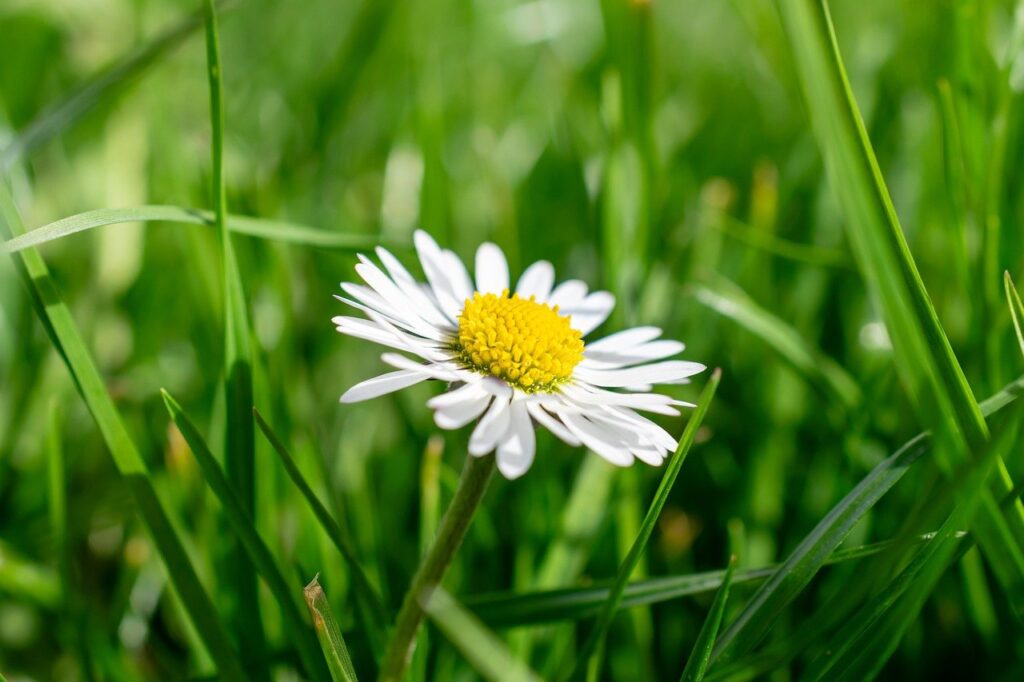
Vital Lawn Maintenance Tips for Southampton Homeowners
Introduction
Maintaining a vibrant and lush lawn in Southampton requires a tailored approach that takes into account the unique climate and soil conditions of this coastal city. With mild winters, moderate summers, and the influence of coastal weather, understanding the specific needs of your lawn is essential for keeping it healthy and attractive. In this blog, we’ll explore the vital lawn maintenance tips every Southampton homeowner should know.
1. Choosing the Right Grass Type
Southampton’s climate is well-suited to a variety of grass types. For the best results, consider cool-season grasses like fescues and ryegrasses. These grasses are hardy and thrive in Southampton’s temperate conditions. Consult with a local garden centre for recommendations on the best varieties for your lawn.
2. Mowing Best Practices
Regular mowing is crucial for maintaining a healthy lawn. Keep your mower blades sharp and set them at the correct height for your grass type. Typically, this means leaving your grass at about 2.5 to 3 inches tall. This height helps the grass retain moisture and resist pests. Remember the one-third rule: never cut more than one-third of the grass height at once.
3. Watering Wisely
Watering deeply and infrequently encourages deep root growth. Aim to water your lawn early in the morning to minimise evaporation. Typically, your lawn needs about 1 inch of water per week, including rainfall. During particularly dry spells, ensure you adjust your watering schedule accordingly.
4. Fertilisation Techniques
Southampton’s soils can benefit from regular fertilisation. Use a slow-release fertiliser in the spring and autumn to provide essential nutrients without promoting excessive growth. Conduct a soil test to determine the specific nutrient needs of your lawn and adjust your fertilisation programme accordingly.
5. Weed and Pest Control
Keep a close eye on your lawn for weeds and pests. Regular weeding and the use of appropriate herbicides can prevent weeds from taking over. For pests, consider natural predators or environmentally friendly pesticides. Always follow the product instructions carefully to avoid damaging your lawn.
6. Aeration and Over-seeding
Aeration is crucial for reducing soil compaction and promoting healthy root growth. Aim to aerate your lawn in the spring or autumn. Follow aeration with over-seeding to fill in any bare patches and improve the density of your lawn. Choose a seed mix that matches your existing grass type for the best results.
Conclusion
By following these vital lawn maintenance tips, Southampton homeowners can ensure their lawns remain healthy, vibrant, and beautiful throughout the year. Regular care and attention tailored to the specific needs of your lawn will result in a green space you can be proud of. Happy gardening!
